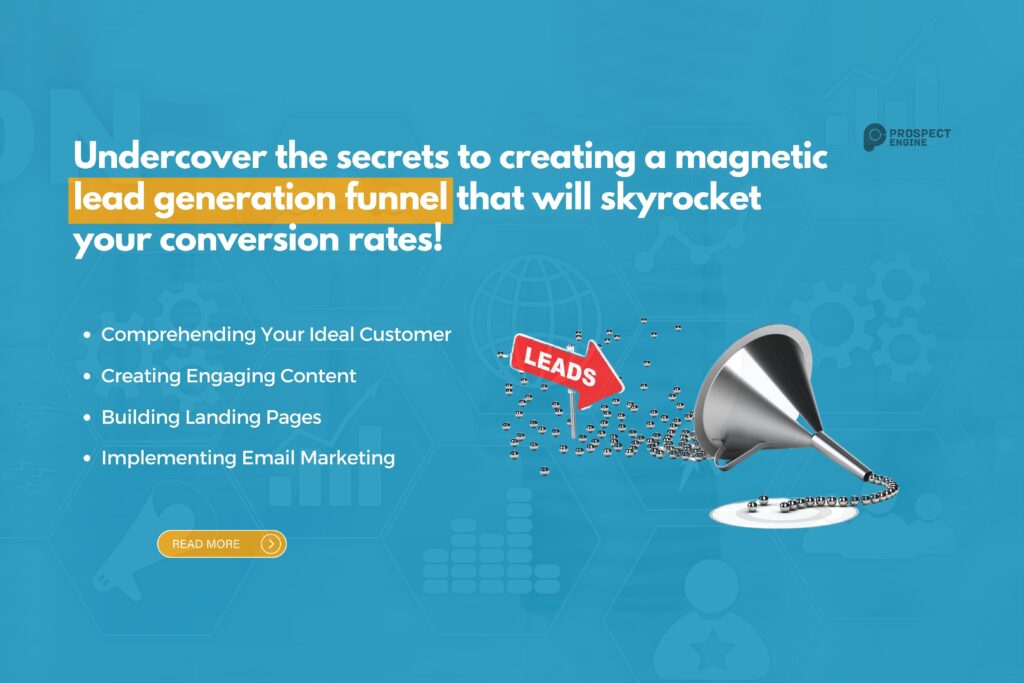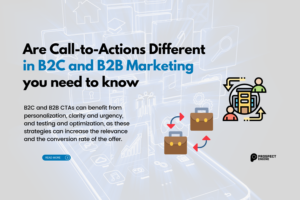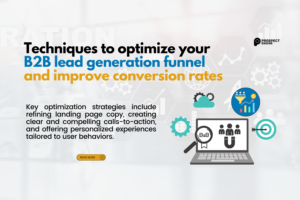Welcome to the ultimate guide on building a lead generation funnel, where we will walk you through a step-by-step process to help you capture and nurture leads effectively. In today’s digital landscape, a well-optimized lead generation funnel is paramount for businesses to attract, engage, and convert potential customers.
By implementing the strategies outlined in this secret guide, you’ll be well-equipped to build a successful lead-generation funnel that drives sustainable growth for your business.
Comprehending Your Ideal Customer With Lead Generation Funnel
To create an effective lead generation funnel, it is crucial to have a deep understanding of your ideal customer. Invest time in defining your target audience and developing buyer personas. Doing so allows you to tailor your marketing efforts to resonate with their needs and pain points.
Conduct market research to understand your audience’s intent, behaviours, and challenges. This will provide invaluable information for your content creation and overall marketing strategy.
Identify your unique selling propositions (USPs). What are the things that set your products or services apart from the competition? Highlighting your USPs throughout your funnel will help Make a compelling value proposition that resonates with your target potential audience.
Creating Engaging Content
Content creation plays a pivotal role in building a lead generation funnel. Craft valuable and relevant content that aligns with your audience’s interests and addresses their pain points. You establish your best expertise and build trust with potential customers by providing solutions and insights through your content.
Develop a content calendar to make consistency in your regular content production and distribution. Use content formats like blog posts, videos, infographics, podcasts, or webinars to cater to various audience preferences and increase engagement.
Incorporate lead magnets within your content to capture leads. Lead magnets are profitable resources, such as e-books, whitepapers, webinars, or exclusive offers, that provide additional value to your audience in exchange for their contact information. Craft compelling calls-to-action (CTAs) that entice visitors to provide details and access the lead magnets.
Building Landing Pages
Building dedicated landing pages is essential for optimizing your lead generation funnel. These pages allow you to focus on specific offers or content pieces, increasing the chances of converting visitors into leads.
Optimize your landing pages with attention-grabbing headlines and clear CTAs. Ensure visitors understand the value they will receive by providing their contact information. Keep the form fields simple and minimal to reduce friction and increase conversion rates.
Utilize forms on your landing pages to collect contact information from potential leads. Keep the form fields brief, typically asking for the visitor’s name and email address. You can collect additional information through progressive profiling as you nurture the leads further along the funnel.
Implementing Email Marketing
Email marketing is a highly desirable and powerful tool to nurture and guide leads through the lead generation funnel. Set up an email marketing platform to automate email communication and deliver personalized content to your leads.
Develop a lead-nurturing email series that provides valuable insights, educational content, and exclusive offers. These emails should be crafted based on your audience’s interests, behaviours, and stage in the buyer’s journey. Personalization is key to building trust and fostering a strong relationship with your leads.
Driving Traffic to Your Funnel
A lead generation funnel is only effective if it drives a steady flow of relevant traffic. Here are several strategies to consider:
1. Implement search engine optimization (SEO) techniques to improve organic rankings and increase visibility in search engine results pages. Optimize your website’s content with relevant keywords, enhance user experience, and build quality backlinks.
2. Run targeted paid advertising campaigns on platforms like Google Ads or social media to reach your target audience more effectively. Set clear objectives, define your target demographics, and optimize your ad creatives to maximize conversions.
3. Leverage social media marketing to engage with your target audience. Identify the social media platforms your audience frequents the most and create engaging content that resonates with them. join relevant conversations, Use hashtags, and foster community around your brand.
4. Collaborate with industry influencers or guest bloggers on relevant platforms to expand your reach and tap into your existing audience. This can be a great way to establish credibility, generate brand awareness, and attract highly targeted traffic to your lead generation funnel.
Tracking and Analyzing Results
Tracking and analyzing the performance of your b2b lead generation funnel is crucial for optimizing its effectiveness. Integration of tracking tools like Google Analytics provides valuable insights into user behaviour and conversion metrics throughout your funnel.
Measure key metrics Like conversion rates, click-through rates, bounce rates, and the overall trajectory of leads through different funnel stages. Identify bottlenecks or areas for improvement and tailor your strategies accordingly.
Regularly monitor the data and make data-driven decisions to optimize your lead generation funnel. Test different approaches, analyze results, and iterate accordingly to maximize conversion rates and drive sustainable growth.
Continuously Improving and Scaling
The building process of a lead generation funnel does not stop once it is implemented. Continuous improvement is key to staying ahead of the competition and generating consistent leads.
Here’s how you can continuously improve and scale your lead generation funnel:
1. Conduct A/B testing to identify high-performing elements within your funnel. Test different variations of elements such as CTAs, headlines, landing page designs, or email content to determine what resonates best with your audience and achieves optimal conversion rates.
2. Experiment with different marketing strategies and channels. Stay updated with new trends and technologies to identify new opportunities to generate leads. Continuously explore new approaches to engage your target audience and expand your reach.
3. Scale your lead generation efforts by increasing your marketing budget, expanding your target audience, or exploring new markets. As you identify high-converting segments, invest more resources to fuel growth and capture additional qualified leads.
Conclusion
Congratulations! You have now reached the end of our Ultimate Guide to Building a Lead Generation Funnel. Following the step-by-step process outlined in this guide, you will create an effective lead-generation funnel that attracts, engages, and converts potential customers.
Building a lead generation funnel is an ongoing process that requires constant adaptation and refinement. Keep a close eye on the performance metrics, continuously test and iterate, and stay updated with the latest industry trends to maximize the success of your funnel.
Now, go ahead and start building your lead generation funnel with confidence. Success awaits!






